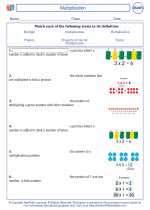Operations in Mathematics
In mathematics, operations refer to the basic arithmetic functions that are used to manipulate numbers. The four primary operations are addition, subtraction, multiplication, and division. Understanding how to perform these operations is essential for solving mathematical problems.
Addition
Addition is the process of combining two or more numbers to find their total sum. This is denoted by the "+" symbol. For example, to add 5 and 3, you would write it as 5 + 3 = 8.
Subtraction
Subtraction is the process of taking one number away from another. This is denoted by the "-" symbol. For example, to subtract 3 from 8, you would write it as 8 - 3 = 5.
Multiplication
Multiplication is the process of repeated addition or combining equal groups. This is denoted by the "x" symbol or by placing numbers next to each other. For example, to multiply 4 by 3, you would write it as 4 x 3 = 12 or 4 * 3 = 12.
Division
Division is the process of splitting a number into equal parts. This is denoted by the "÷" symbol or by using a fraction bar. For example, to divide 12 by 4, you would write it as 12 ÷ 4 = 3 or as a fraction 12/4 = 3.
Study Guide
- Practice addition with different sets of numbers to improve your mental math skills.
- Work on subtraction problems with larger numbers to strengthen your understanding of regrouping.
- Memorize multiplication tables to make multiplication easier and faster.
- Practice division with various divisors to become proficient in dividing numbers.
- Use real-life examples to understand how these operations are used in everyday situations.
Remember, mastering these operations is crucial for building a strong foundation in mathematics and will be essential for more advanced math concepts in the future.
.◂Math Worksheets and Study Guides Fifth Grade. Multiplication
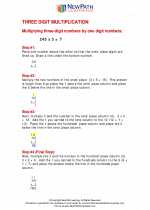
 Worksheet/Answer key
Worksheet/Answer key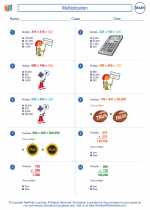
 Worksheet/Answer key
Worksheet/Answer key
 Worksheet/Answer key
Worksheet/Answer key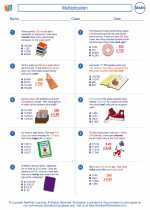
 Worksheet/Answer key
Worksheet/Answer key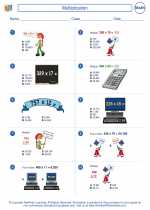
 Worksheet/Answer key
Worksheet/Answer key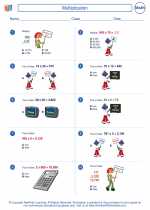
 Worksheet/Answer key
Worksheet/Answer key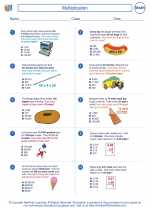
 Worksheet/Answer key
Worksheet/Answer key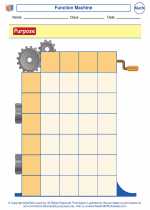
 Vocabulary/Answer key
Vocabulary/Answer key